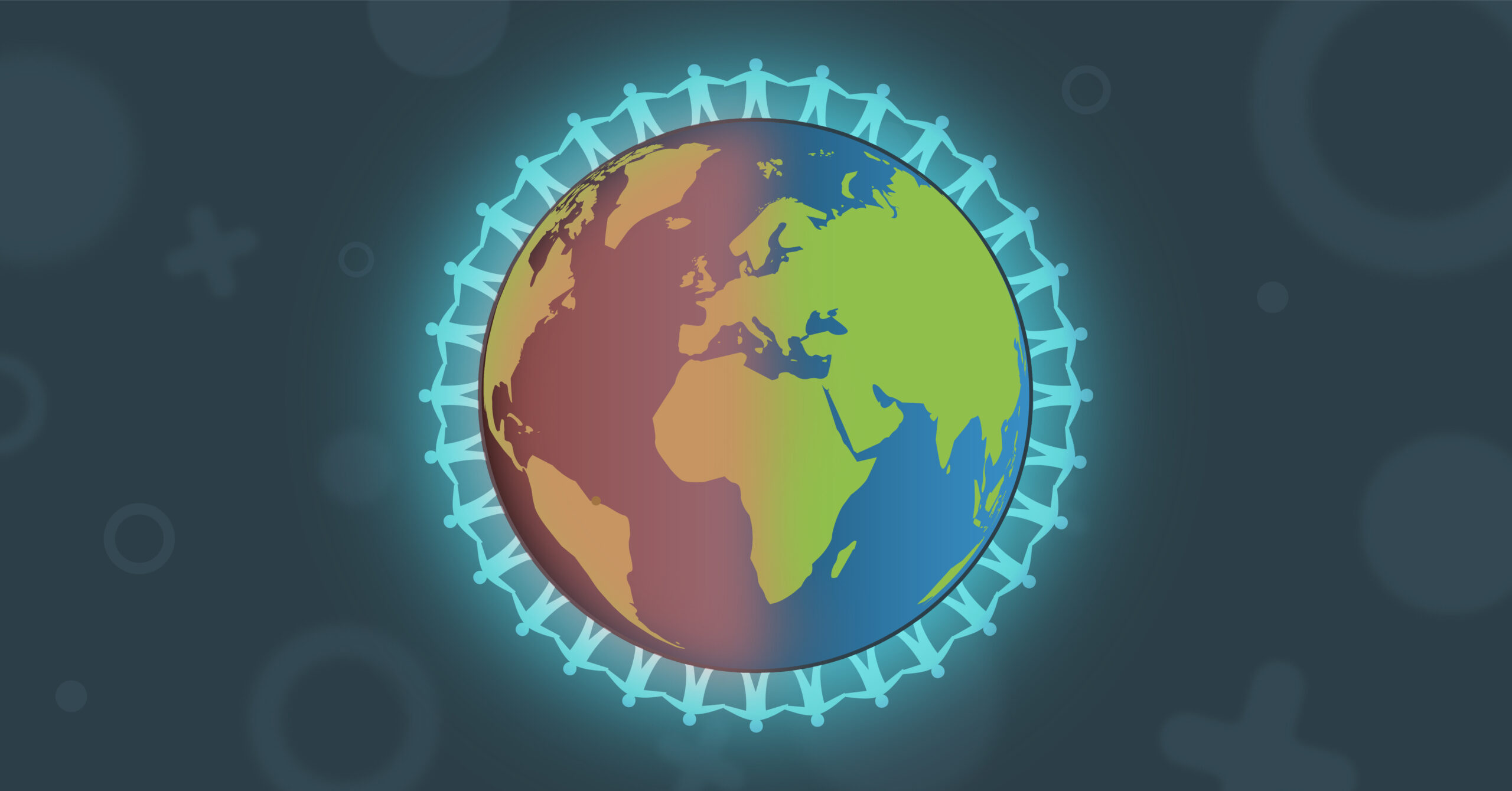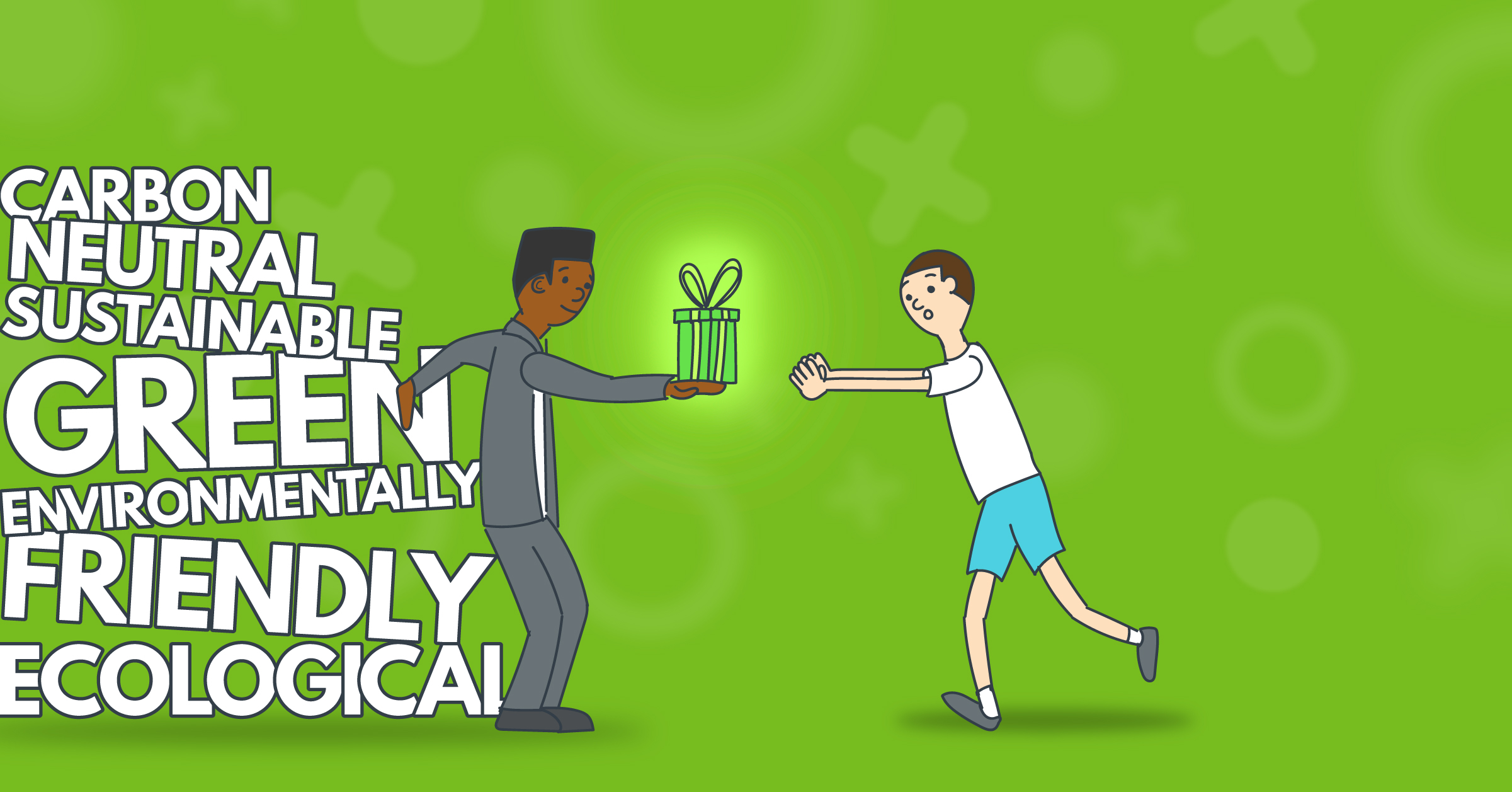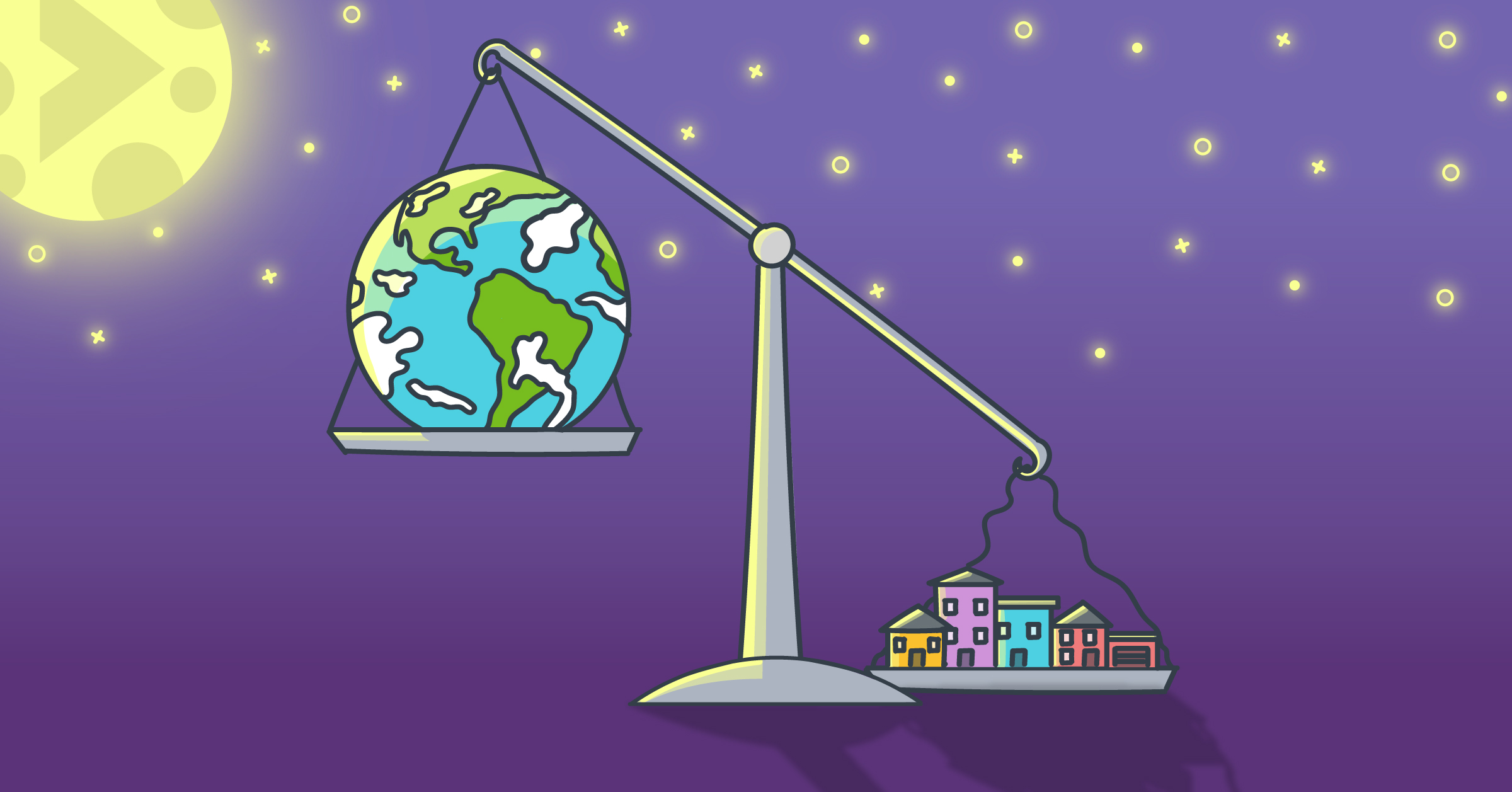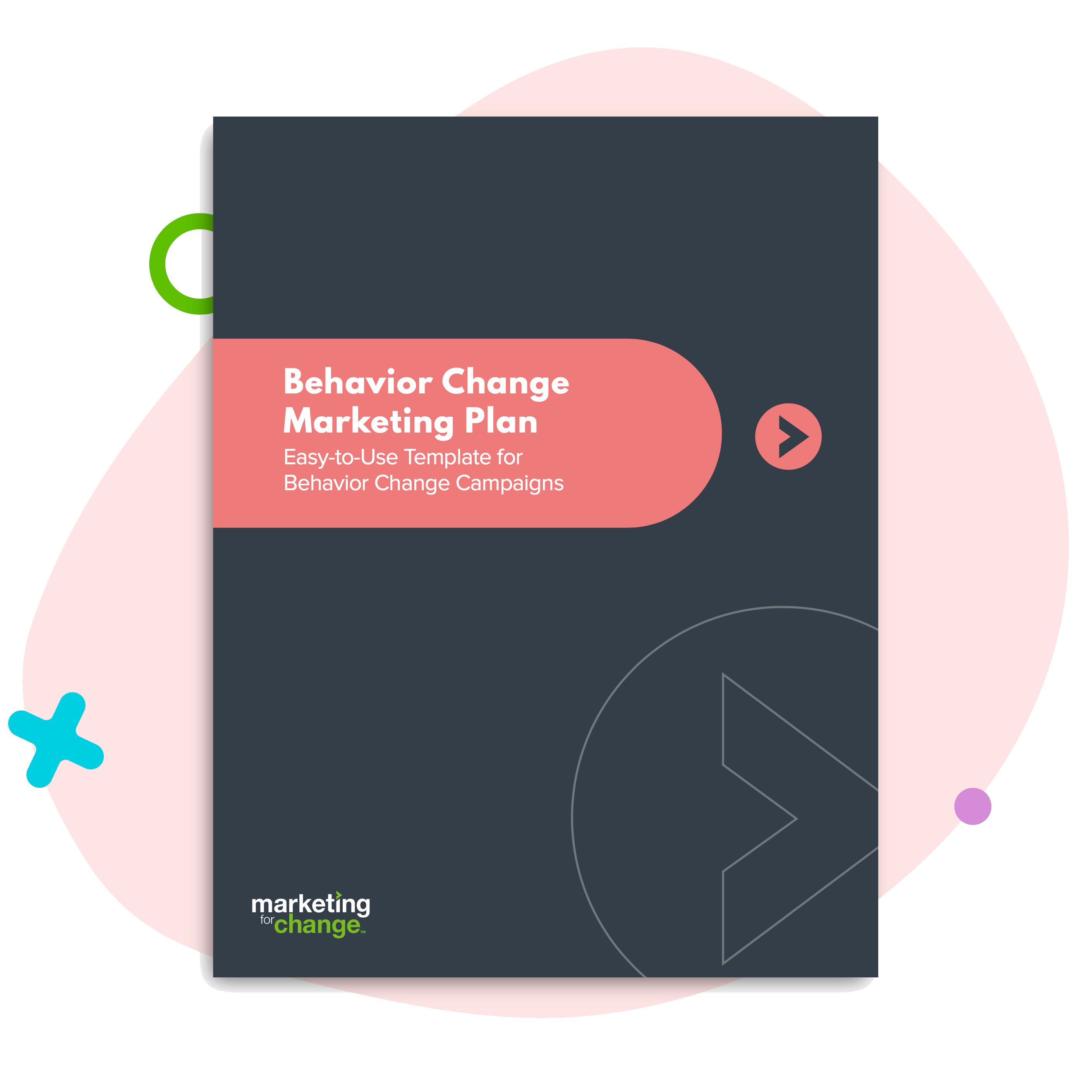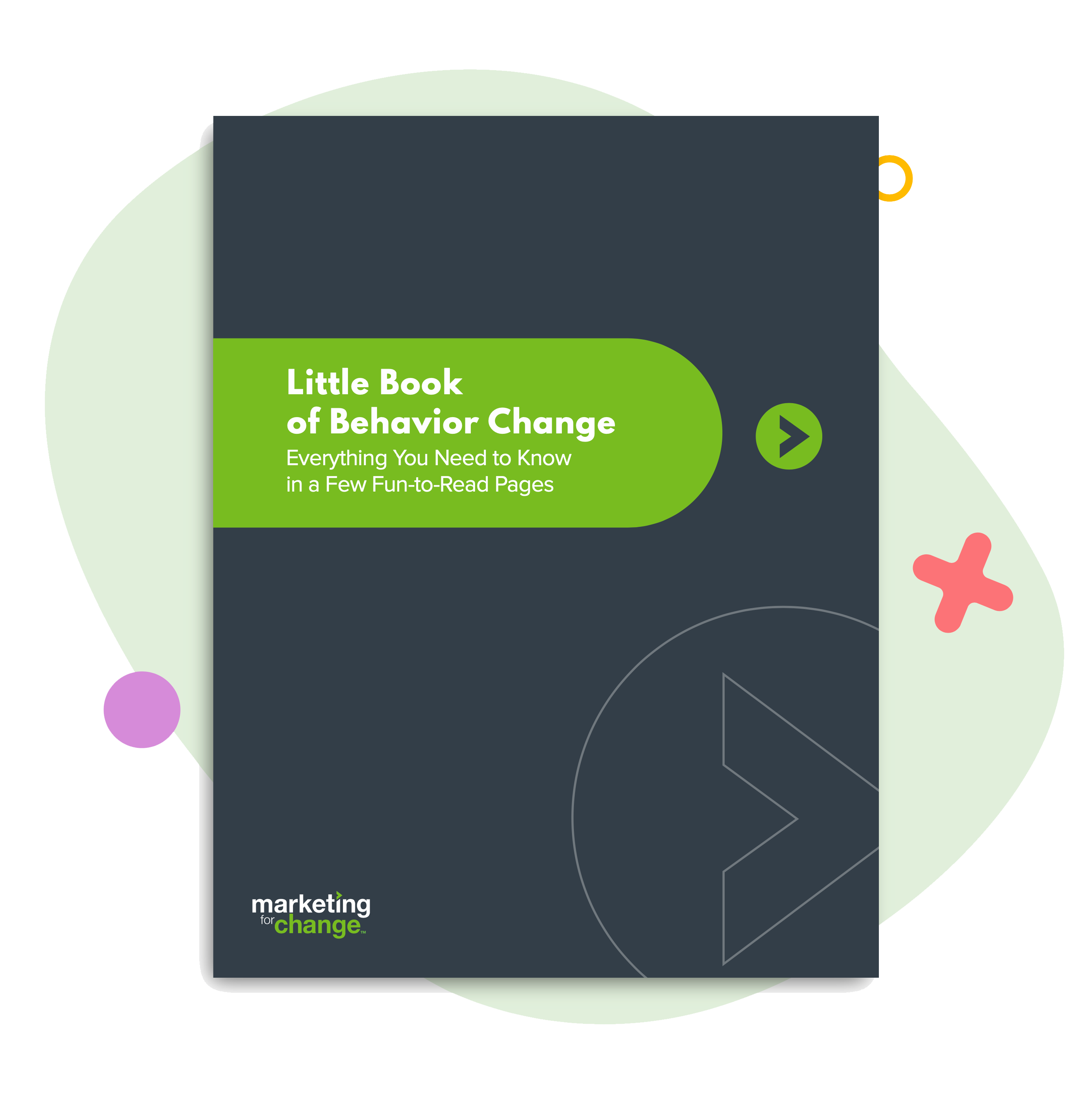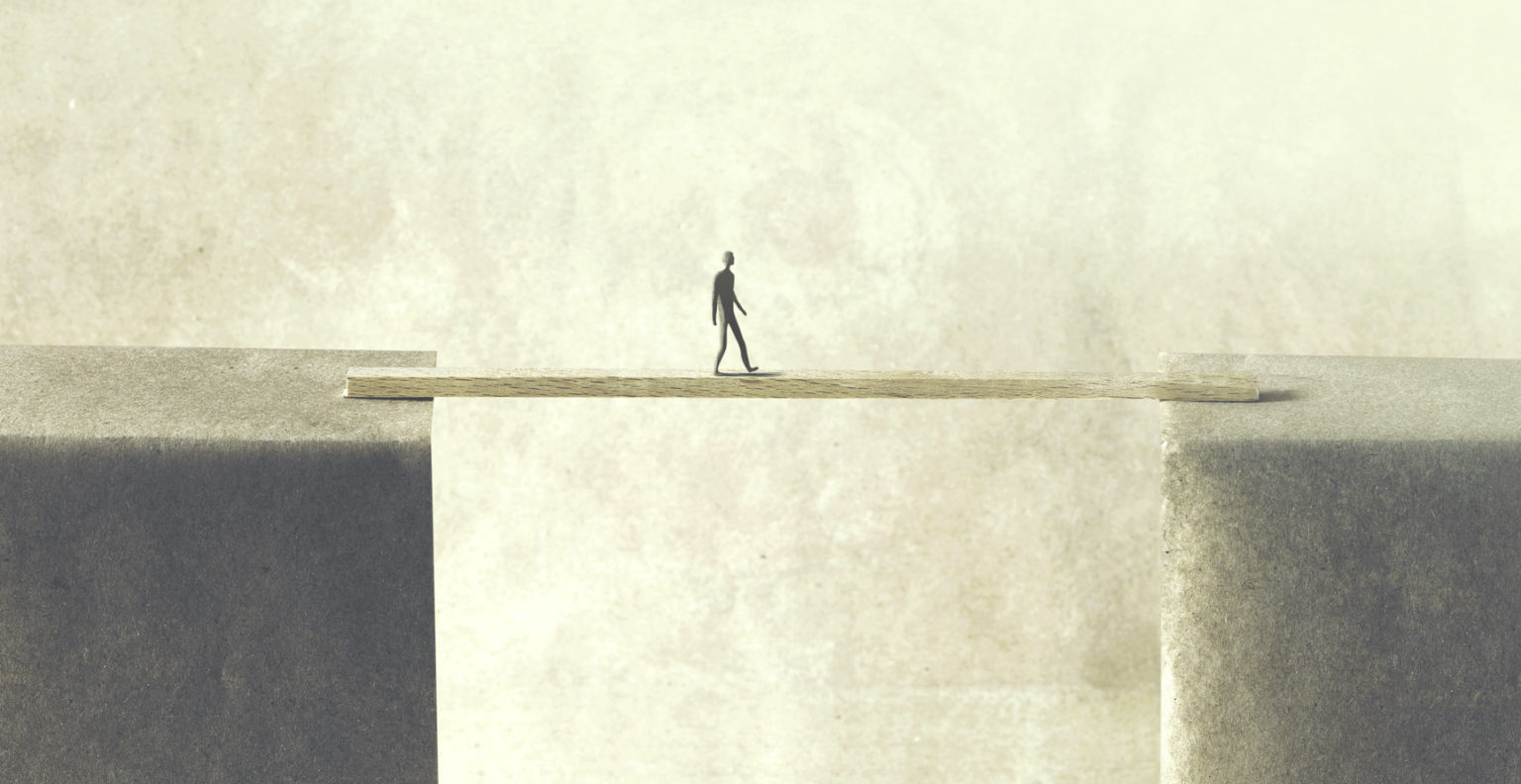
How Conservationists Can Overcome the Awareness-Action Gap
Recently at a happy hour gathering, I started a discussion with my friends about overfishing and the depletion of global fish stocks (yup, I’m that exciting in a social setting). In response to the information I was sharing, my friend commented that he didn’t realize our oceans were running out of fish.
My heart stopped. I made an audible gasp. And I’m pretty sure my eyes bulged out like Roger Rabbit’s. My inner conservationist was yelling in my head, “If only he KNEW, then he’d do something!!!”
I’m sure you’ve said a similar sentence before:
“If only people knew about [insert conservation issue here], then they’d do something!”
Truthfully, I was floored by my friend’s lack of knowledge on the issue. Has he been living under a rock? How does he not know about the global ocean and fish crisis?! My instinct was to school him on all the facts about fish stocks depleting so he would know how serious the issue is, with my assumption being that if he knew how serious it was then he’d become an advocate for the cause.
But the behavior change marketer in me has seen that knowledge of an issue or threat almost never leads to action or change.
The disconnect between knowing and doing
It can be hard to embrace this reality of how humans operate as it seems counter-intuitive. Especially since many of us have been trained to believe that knowledge is the first step towards people making change and taking action.
But over the years I have seen countless awareness and education campaigns, with lots of money put behind them, not achieve the level of impact they intended to. There have been long-standing campaigns encouraging Americans to eat more vegetables on a daily basis for health and environmental benefits, to recycle as much as we can to reduce the impact of our waste, and to carpool or use public transportation so we lower pollution contributions. Yet, even with these campaign efforts, we find that most people still eat less than a cup of veggies each day, less than one-third say their community strongly encourages recycling, and the percentage of people driving to work alone hasn’t decreased.
I’m not sharing these examples to be depressing, but rather to show the great disconnect between what we know and what we do.
At the same time, there are great wins happening in the environmental sector. Water consumption levels at home are finally plateauing. Home energy consumption is dipping. And even though the number of people driving alone hasn’t decreased, the number of people biking to work has increased! This is all great news and great progress.
So what makes the difference between the programs that are seeing results and those that aren’t? Well, it comes down to how the program speaks to and approaches its target audiences. Hint: they didn’t follow their instincts of “if only they knew…”
Overcoming the awareness to action gap
Conservation programs that see the biggest wins are the result of change makers moving beyond knowledge and awareness, and instead focusing on action. And to overcome the awareness to action gap, they make the behavior social, safe to do, and personally beneficial to the audience.
They focus on action.
Many education and awareness campaigns lack a clear call-to-action and are often not asking people to do anything at all (except to KNOW about the issue). But to achieve impact and change, we must make it really clear what people can and should do. Successful water reduction campaigns pushed beyond awareness messages of how many gallons of water is wasted each day to specific requests of turning faucets off when brushing your teeth or reducing shower times to five minutes or less.
They make the behavior social.
An increasing number of research studies show that the actions of other people around us is a main determinant for how we will act, even if we don’t know the “other people” personally. Successful efforts to reduce home energy use introduced ‘neighborhood comparison charts’ in electricity bills, so you could see how much energy you used relative to your neighbors. Showing what “other people” are doing creates social pressure (even if it’s actually self-induced) to do as well as, if not better, than your neighbors in conserving energy.
They make their audience feel safe.
Being the first to do something new or different is a nerve-wracking experience. We need to support our audience in their behavior change efforts by letting them know they’re not alone. Citibikes did a great job of this to encourage more people to bike to work. Their bright-blue bikes and on-street bike stations made it more visible and obvious how many people are using bikes and how easy it is to do. This helped those considering the change feel as if there is already a group of people doing it successfully that they can copy, which builds confidence and encouragement to join the club.
They make the benefits personal.
A huge challenge for environmental causes is that we’re often asking people to take action on behalf of a species or habitat they may not live near, be familiar with, or understand how it impacts them personally. (Hence the instinct to start with “if only they knew!”) Focusing on personal benefits the audience receives through their actions is the key to motivating change. The Chesapeake Club campaign disrupted the traditional approach of asking people to change their fertilizing pattern to save the crabs’ habitat by focusing on the benefit their audience values most – having more crabs to eat!

Making the switch
Our instincts to tell people what we know, and what they should know, is natural. However, it’s not the most effective approach if we want to create change in the world. And making the switch from tell to motivate isn’t easy, either.
Start by creating a list of all the things you’d want to tell your audience – go ahead, get it all out on paper. Doesn’t that feel good!!
Now put that paper aside and start a new one. On this one, write down what you need your audience to do and what will help them feel motivated to take action. That page will help you overcome the awareness-action gap.
Brooke Tully supports non-profits design marketing plans that propel social change. She also produces a bi-monthly newsletter with marketing and behavior insights for brooke’s2cents subscribers.

